When we see someone who performs at a high level, whether it is in music or sports or academically, we assume that a good part of their abilities are the result of talent, something they were born with. That’s the Talent Mirage.

We fail to recognize the amount of hard work and learning that it took to develop the skills that we see. That’s why Talent is a Mirage. It is something we see… that is not there. Talent is simply the [often highly polished] skills acquired over time based on hard work and learning.
Aren’t some people born with “talent”?
We are all born with differences but it would be delusion to call it “inborn talent”. For example, maybe our parents have developed skills in certain areas so we are exposed to something before someone else. That’s not talent… it’s environment.
What about someone who is born to tall parents and are likely to become tall? That is certainly a difference… but it doesn’t guarantee that this tall person will be good at basketball. A tall person who doesn’t develop a love of the game and a strong work ethic won’t amount to much of a player. On the other hand, a small or shorter person who loves the game and puts in the effort to develop their body to its highest potential while also learning skills to become a better basketball player can be highly successful. It isn’t the cards we are dealt, it is how we play them. Talent is a mirage.
Attitude is more important than “Talent”
If you buy into the idea that “Talent” is just skills developed over time, then the key to putting in the time is ATTITUDE. Skill building is fueled by attitude. The hard work becomes FUN … with the right attitude. A player with the right attitude is coachable and can pick up ideas that will make them a better player.
A key part of “Attitude” is the ability to be okay being “bad”. One of my favorite quotes is by football coach and legendary business leader, A.L.Williams, who said…
“Remember, before you can be great, you’ve got to be good.
Before you can be good, you’ve got to be bad.
But before you can even be bad, you’ve got to try.”
― Art Williams, All You Can Do is All You Can Do
If you are going to build your “pyramid of skills” that will lead to what society calls “Talent”, you will have to get used to being bad at something before you are good at it. This is also related to the Growth vs. Fixed Mindset which I learned about through Carol Dweck’s book, “Mindset: The New Psychology of Success“.
Growth = Skills Mindset
Fixed = Talent Mindset
In short, the Growth Mindset, according to Dweck’s book, is when someone see any challenge as an opportunity for growth. If they fail, the growth mindset says that they have not learned how to succeed or have not put in the work to develop the skills necessary to succeed. In other words, someone with the Growth mindset doesn’t let failure stop them. They continue to build their skills until they win.
Contrast that with the Fixed Mindset. Someone with a fixed (or “Talent”) mindset goes into every challenge with the assumption that they either have the talent to succeed or they don’t. If they fail, they conclude that they don’t have the talent for that activity and should not do it in the future. As you can imagine, the world of possibilities get smaller and smaller for someone with the “Talent mindset”.
Unfortunately, this Fixed / Talent mindset is often reinforced even when someone is successful… by friends, family or coaches who see the success as a result of “talent”. The question I have for you is … “If you are trying to get across a desert, would you drink the water pointed out by someone who sees a mirage?” The Talent Mirage is a trap. Don’t get sucked into believing in Talent. You may have Skills … and you will need more skills if you are going to compete at the highest levels.
Why do so many people
believe in the Talent Mirage?
Most often, it is a case of mis-matched timelines. If a 6th grader was playing against Michael Jordan, the timeline mismatch would be obvious. When players of the same age compete, it is almost impossible to see how much time (and hard work) each athlete has put into building their skills. It is easy to attribute this difference in skill levels to “talent”, especially if one player has certain physical gifts that seem to give them an advantage. Don’t get trapped by the Talent Mirage.
“[Everything] is made, not born.”
– Seth Godin, Marketing Legend & Thought Leader
as heard on the Tim Ferriss podcast.
Don’t you want “Talented” players on your team?
YES… keeping in mind what that really means. We want players who have developed valuable skills and can perform at a high level. We also believe that players can be developed… given enough time and effort (with the right mindset / attitude). So, as coaches, our job is to recognize the skills that a player has while encouraging them to work hard to add other skills which will make them even more successful.
Bottom Line for you and I …
 Don’t use the Talent Mirage as an excuse for not putting in the effort to develop the skills that will allow you to compete at the highest levels. Don’t worry if you can’t see or even imagine all the skills you will need to become successful. Start where you are and keep working hard to improve… step by step. Someday someone will say “You are so Talented.” When that happens, just smile and say “Thank You”… knowing that you put in the effort over time to get where you are. Remember… Talent is a Mirage.
Don’t use the Talent Mirage as an excuse for not putting in the effort to develop the skills that will allow you to compete at the highest levels. Don’t worry if you can’t see or even imagine all the skills you will need to become successful. Start where you are and keep working hard to improve… step by step. Someday someone will say “You are so Talented.” When that happens, just smile and say “Thank You”… knowing that you put in the effort over time to get where you are. Remember… Talent is a Mirage.

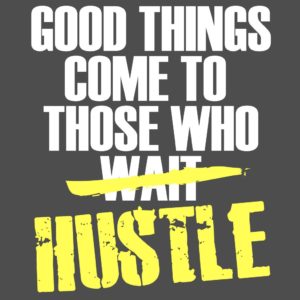 At the
At the 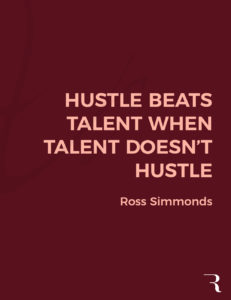 Why does Hustle matter?
Why does Hustle matter? Want to improve your chances of making the team?
Want to improve your chances of making the team? The one basketball season ends and another basketball year begins. If you are only playing and working on your game during the “official school season” than you are missing out. Below are the 4 sections / timelines that make up the “4 part basketball year” plus the off-season. Let’s start with the day after your school season ends…
The one basketball season ends and another basketball year begins. If you are only playing and working on your game during the “official school season” than you are missing out. Below are the 4 sections / timelines that make up the “4 part basketball year” plus the off-season. Let’s start with the day after your school season ends…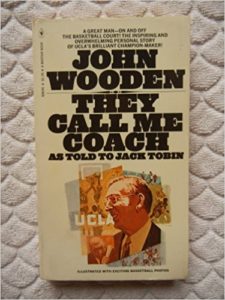
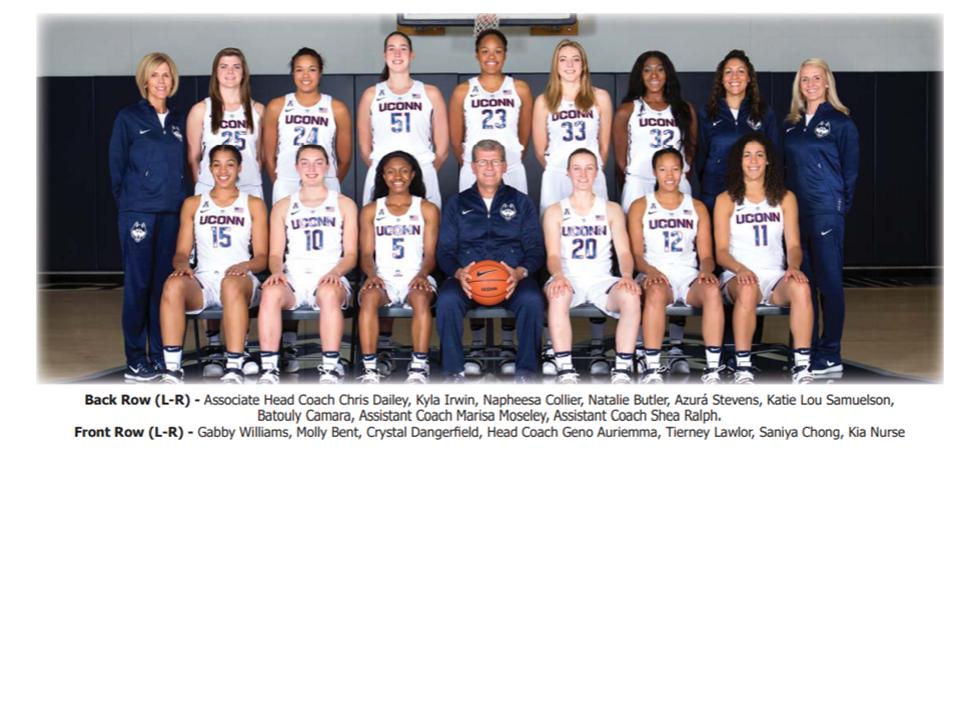
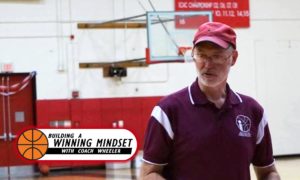 Coach Dave Wheeler, in association with InviteOnlyBasketball.com and Parisi Speed School of NH, will be conducting a one-day preseason basketball camp on Saturday Nov.11th, 2017.
Coach Dave Wheeler, in association with InviteOnlyBasketball.com and Parisi Speed School of NH, will be conducting a one-day preseason basketball camp on Saturday Nov.11th, 2017.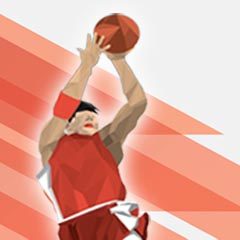 What does it mean for a player to “take their game to the next level”? It sounds like a good thing but without understanding the meaning it is hard to get there, right?
What does it mean for a player to “take their game to the next level”? It sounds like a good thing but without understanding the meaning it is hard to get there, right? I coached this player as part of an AAU team when he was a freshman and he was a pretty good shooter. I won’t “name names” since I don’t want to embarrass him. Plus the advice could apply to a number of players.
I coached this player as part of an AAU team when he was a freshman and he was a pretty good shooter. I won’t “name names” since I don’t want to embarrass him. Plus the advice could apply to a number of players.